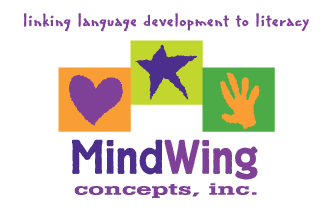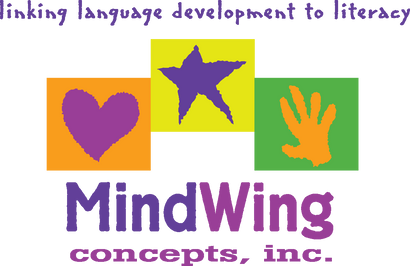Happy Holidays! 15% OFF and FREE SHIPPING all ONLINE purchases over $60!
***Use Code: HOLIDAYS2024 at checkout***
(free shipping valid only within continental U.S.)
Menu
-
- Home
-
About Us
-
The Approach
-
Linking Language & Literacy
-
MindWing Learning
-
Learning Resources
-
SHOP
-
Blog
-
- About MindWing
- Our People
- Contact Us
- Your Account
- Login
-
United States (USD $)

Happy Holidays! 15% OFF and FREE SHIPPING all ONLINE purchases over $60!
***Use Code: HOLIDAYS2024 at checkout***
(free shipping valid only within continental U.S.)
MindWing Concepts Blog
Character and Setting Collages for End-of-Year and Summer School!!
June 16, 2015
A fun end-of-year activity or summer school activity is making a Character or Setting Collage! You can use old magazines to cut out “Characters.” They may be pictures of celebrities, political figures, community leaders, animals, cartoons or advertisements with people who remind you of characters from children’s literature. Collages can be done individually by using Maps from the Story Grammar Marker® Manual or Braidy the StoryBraid® manual (below) and pasting the magazine clippings right on to the Map...
Technology Tuesday: Vocabulary, Summer Programming, and Story Grammar Marker®!
June 09, 2015 2 Comments
 Some years ago as an SLP in the elementary school setting, I was informed by a colleague of Isabel Beck’s revolutionary approach to targeting vocabulary. In the book Bringing Words to Life: Robust Vocabulary Development, co-written with Margaret McKeown and Linda Kucan, the authors describe a methodology for building vocabulary revolving around key principles...
Some years ago as an SLP in the elementary school setting, I was informed by a colleague of Isabel Beck’s revolutionary approach to targeting vocabulary. In the book Bringing Words to Life: Robust Vocabulary Development, co-written with Margaret McKeown and Linda Kucan, the authors describe a methodology for building vocabulary revolving around key principles...
Looking at Expository Discourse Across the Grade Levels
May 28, 2015
In each of our summer studies posts, we have been looking at recent research articles that may inform your use of Mindwing’s narrative and expository tools as you ease into a new school year. This post will look at a study that examined the expository language of typically developing 5th-9th graders along with their performance on a language elicitation protocol. In this way, the article provided key information about assessment, but also has supportive points for the use of the language structures of ThemeMaker® both in assessment and intervention.
The Rules of the Game: Properties of a Database of Expository Language Samples (Heilmann and Malone, 2014) was written by two researchers working at the university and school district levels, respectively, in order to summarize their efforts at constructing a database to illuminate language skills for this older age group and serve as a clinical basis of comparison. The full article is available via ASHAWire (ASHA’s electronic publications portal) if you are a member.

The Trumpet of The Swan
May 26, 2015

Ronald Morgan Goes to Bat
May 18, 2015

Story Grammar and the Classroom Curriculum: The Five Senses
May 16, 2015
Over the years I have developed a special interest in collecting and using picture books that are tangential to the classroom curriculum. It’s wonderful to find books that contain touches of our content areas but aren’t “in your face” about it! These books can engage students in a story (and thus help them develop narrative language) while also providing a context to access abstract curriculum areas.
Although many schools cover this topic at different times of year, Spring is a great time for a science unit on the five senses. For younger students, this is a basic overview on how we experience the world though hearing, sight, smell, taste and touch. For older students, these simpler concepts can serve as an entry point to the more difficult intricacies of how the sensory system works. Additionally, May is Better Hearing and Speech Month in the USA and May Month in Canada, so what better time to talk about the sense of hearing, and maybe sync with some lessons about hearing and speech?...
